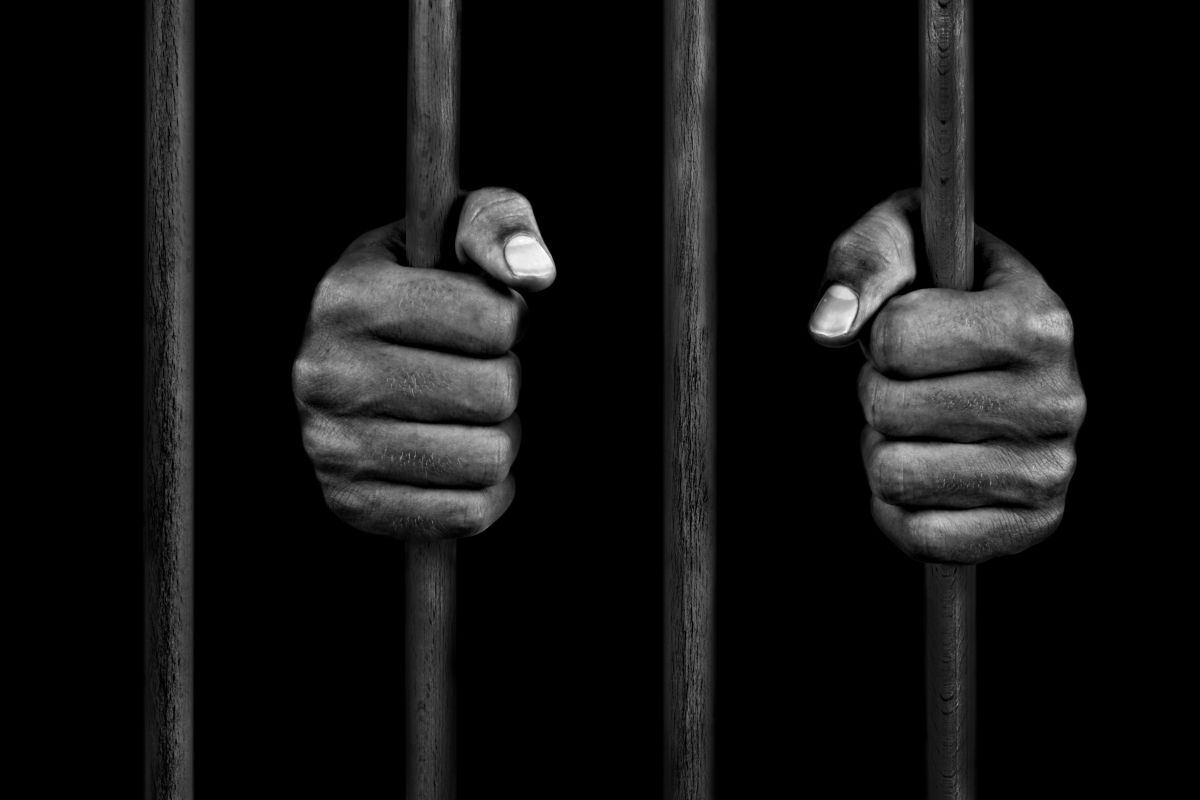July 30, World Day against Trafficking in Persons, came and went and India showed that it was not overly worried about a global movement to arrest the rise in human trafficking (illegal trade of humans), which has assumed “horrific dimensions”. Hapless reports from the United Nations Office on Drugs and Crime (UNODC), drawing trafficking trends and patterns from 142 countries, show a steady increase in victims since 2010 with Asia and the Americas reporting the worst figures.
Not all of this can be explained by improved detection, recording and reporting data on trafficking and surely there is a real increase in the number of victims. The Global Slavery Index bestows on India the distinction of hosting an estimated eight million victims within its borders, out of a global trade of 24.9 million.
The prime motivations in this heinous game are sexual slavery and forced labour. Women and girls comprise around 72 per cent of detected victims and child victims have more than doubled from 2004 to 2016. They account for 30 per cent of the trafficked; girls outnumbering boys globally. Despite India’s attempt at implementing the Trafficking of Persons (Prevention, Protection and Rehabilitation) Bill, 2018 the annual ‘Trafficking in Persons Report’, June 2019 by the USA’s Department of State, places it amongst the 90 Tier 2 countries along with Pakistan, Nigeria, Nepal and Singapore. This means that India is not satisfactorily meeting the Trafficking Victims Protection Act of 2000 (TVPA) standards, despite its attempts to comply.
India’s complicity and lax laws have encouraged traffickers to use it as a hub for trading in victims from neighbouring countries in a massive organized crime.
Nepal and Bangladesh are considered the source countries and a study by Sashastra Seema Bal on “Human Trafficking on Indo-Nepal border” alleges that the numbers entering India have gone up by 500 per cent since 2013. The tricks of the trade and even the routes are known as are some players, as girls are routinely trafficked from villages in Nepal’s Terai region and sold to brothels in Delhi, Mumbai, Kolkata and other cities for up to Rs 50,000. Year 2013 saw 108 girls/children rescued at the Indo-Nepal border and the numbers have risen to 607 in 2017, suggesting a bigger pool of those that evaded detection.
In 2016, India reported 8,132 cases, a 20 per cent increase from 2015, with 23,117 rescues. Of them, children accounted for 60 per cent, women and girls accounted for 55 per cent; 33 per cent was trafficked for sexual services and 45 per cent for forced labour.
Given that India is an aspiring global superpower and the transnational nature of the crime, certainly there is a case for the country to have a comprehensive legislative framework, with built-in non-criminalization of the victim and effective rehabilitation clauses, within which it can address the problem or else market forces will continue to determine the contours of this ongoing assault.












